Bricks are one of the oldest materials used in Construction. Bricks used of flooring are made of shale and kaolin. This gives bricks a smoother texture and finish required for Indoor application.
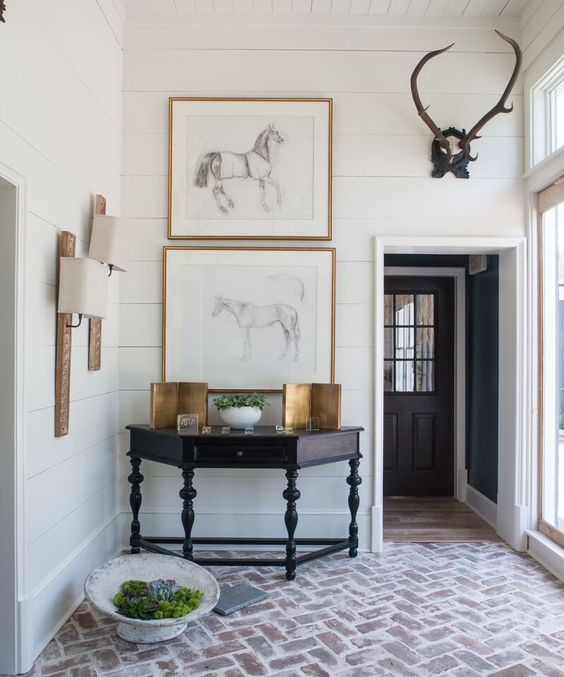
Advantages of Brick Flooring:
1. Durable and Long Lasting
Brick floor surface coverings are extremely durable and long-lasting. They show great resistance to wear and tear as well as fire, thus saving you the burden of annual replacements and regular maintenance. In fact, there can be cases when the brick floor has actually helped restrict the impact of a fire because it will not easy channel from room to room that swiftly.

2. Softer battered Look
With passing time, in fact, the appeal of brick flooring gradually increases, giving it a softer battered look and adding feathers to its raw appeal. The weathered look may vary from person to person in his taste as far as the appearance is concerned, but it certainly is a simple yet effective way of providing a natural rugged effect to the room.
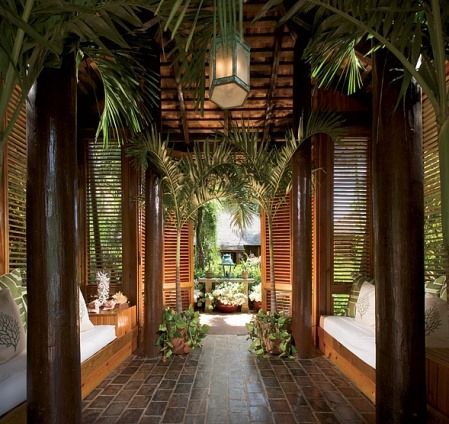
3. Low Cost (pocket friendly)
Brick Floors are available in the form of pavers, that is, the thickness of bricks when used for the purpose of floor surface covering is not the same as that for masonry construction. The cost, hence, is quite pocket friendly for the user. In fact, depending on the type of material – that is the class and native material of the brick used – the cost can be further brought down.
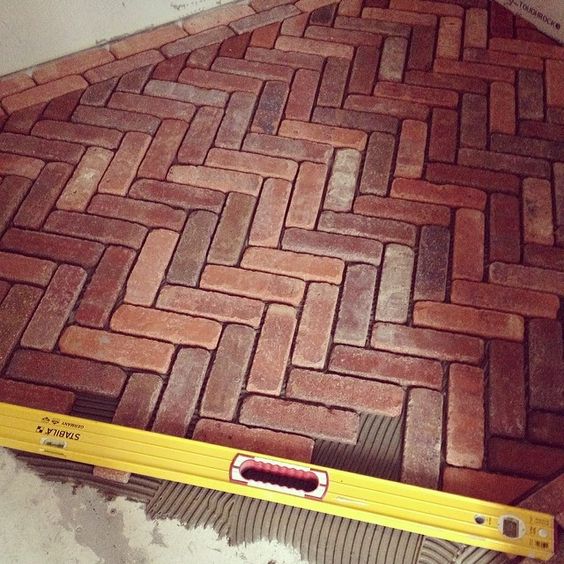
4. Retains Warm Temperature
We know that in the cold season, stone floors can get really hard for them to tread on. This is not the case with brick floors because they tend to remain warm even during the cold season. The temperature can be said to be quite moderate and steady. When used in combination with radiant floor heating, the results are marvellous.
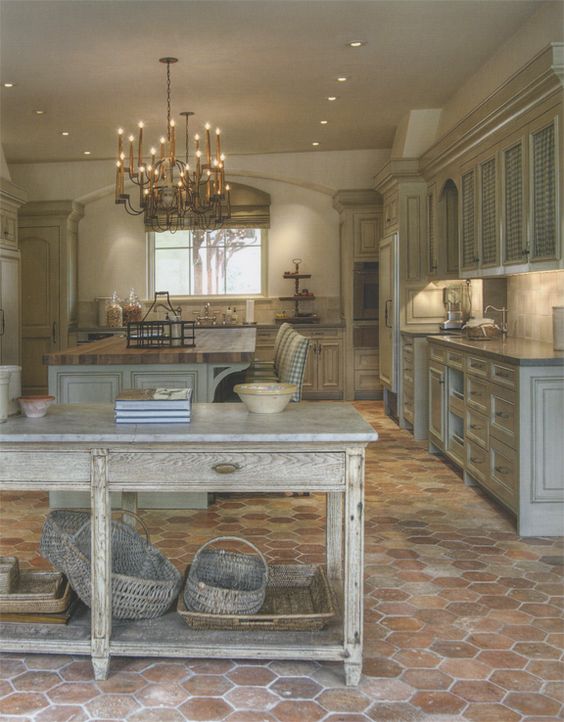
5. Both for Internal And External Use
Another absolutely adorable feature of bricks is that unlike other materials, fading is generally not a concern. Therefore, bricks can be used both indoors and outdoors, or, for that case, even semi-outdoors.
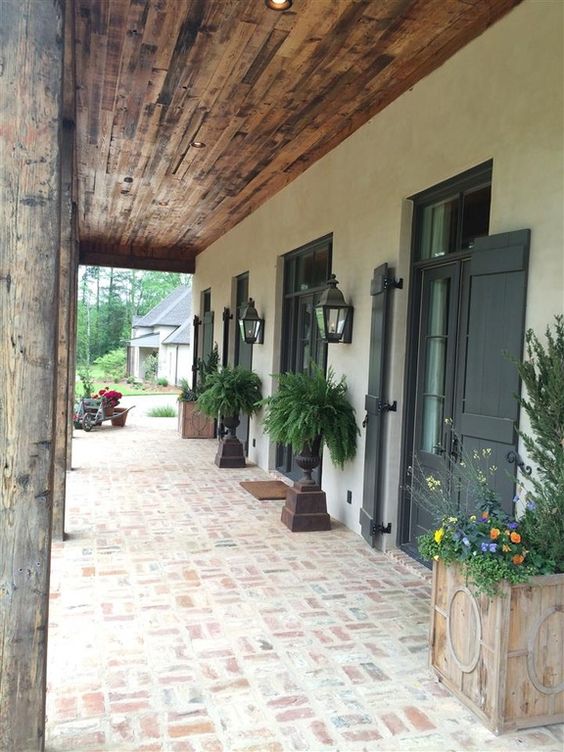
6. Easy and Quick to maintain
The best part about brick flooring is that its natural mottled appearance already conceals a whole lot of stains and dirt. Besides, its rough surface is apt for easy and quick maintenance. Bricks also have an amazing feature of being recyclable. Hence, bricks can be collected from buildings that are being either renovated or demolished and can be used as for flooring purposes as pavers.
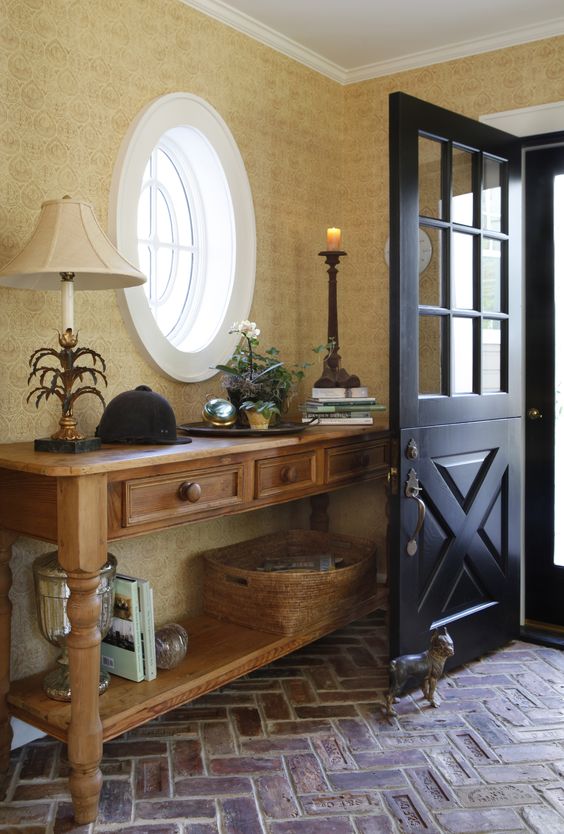
7. Availability of options
With bricks, there is no dearth of the variety of options available for designing. The arrangement of bricks for flooring can be played with, and so can the colour and size of brick. The kinds of patterns available for flooring is also wide and varied. Each pattern can be as unique as the other one and no two brick floors are identically the same, unless deliberately painted upon.
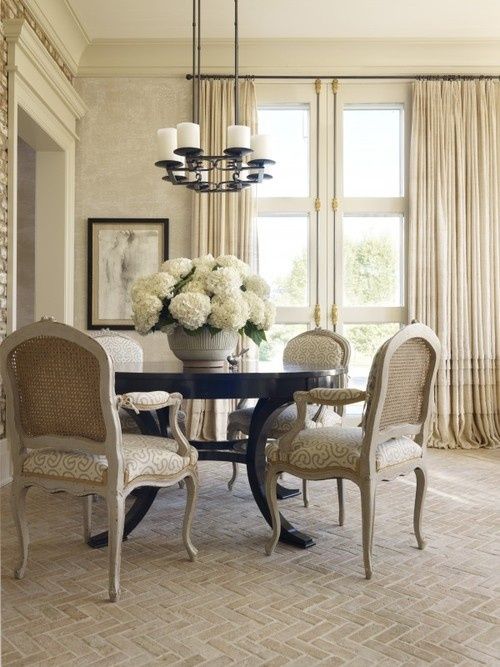
Disadvantages of Brick Flooring:
1. Lack of Comfort (too Hard)
With a brick floor’s durability also comes its tendency of being too hard to be comfortable. What adds to it is the danger of shattering falling objects. Also, bricks can generally be used only ground floors because of their self-load, for carrying which you would need beams of greater depth.

2. Stains and fungal Growth (Due to Porosity of bricks)
The porosity of bricks is a well-known fact. If the surface isn’t provided proper barrier and surface resistance, liquids falling onto the brick floor shall percolate within causing long term effects such as staining and fungal growth. This is the reason why you need to use sealants to prevent water percolation.
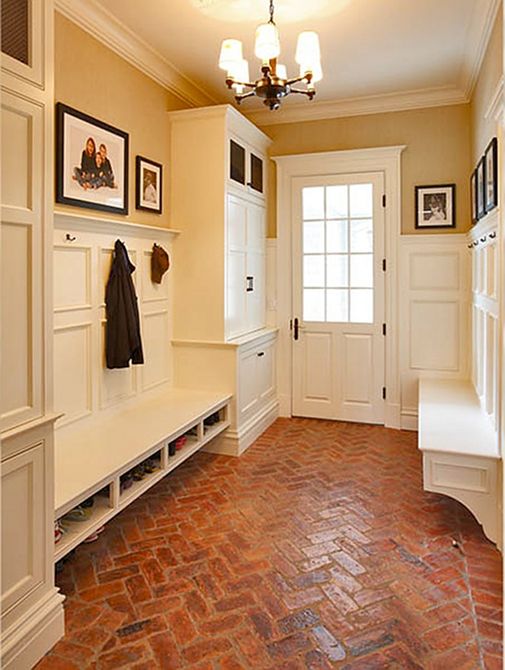
– Sourav Suman
 (+91) 7249196273
(+91) 7249196273
